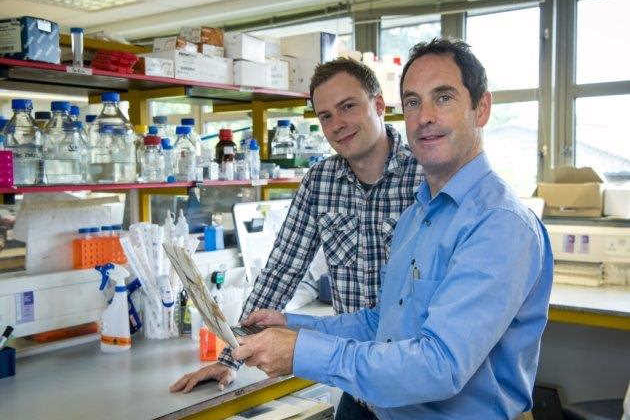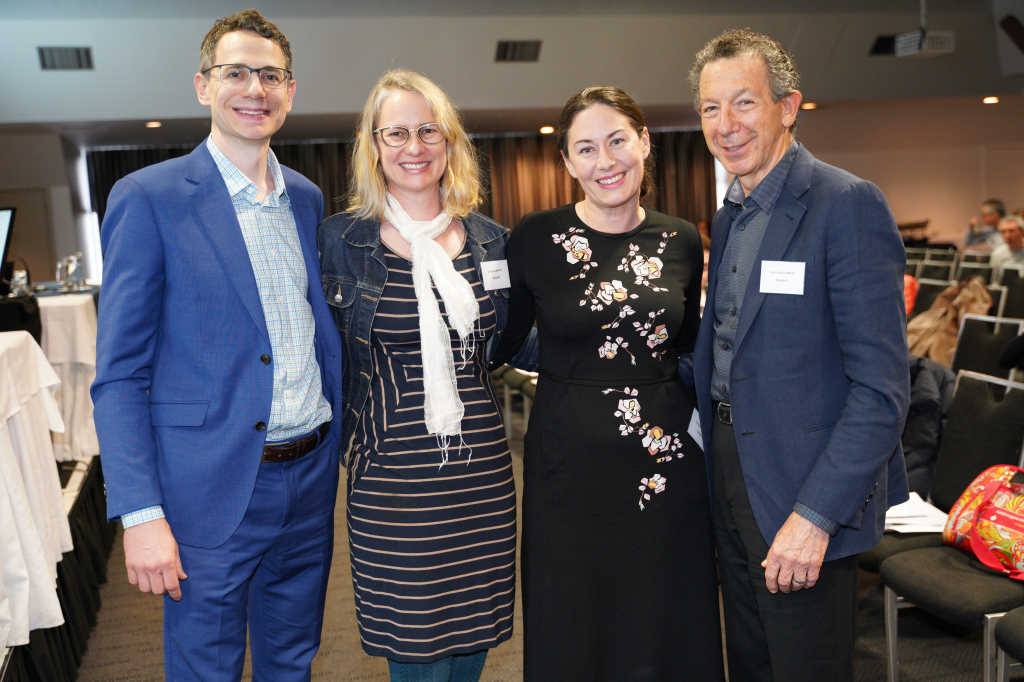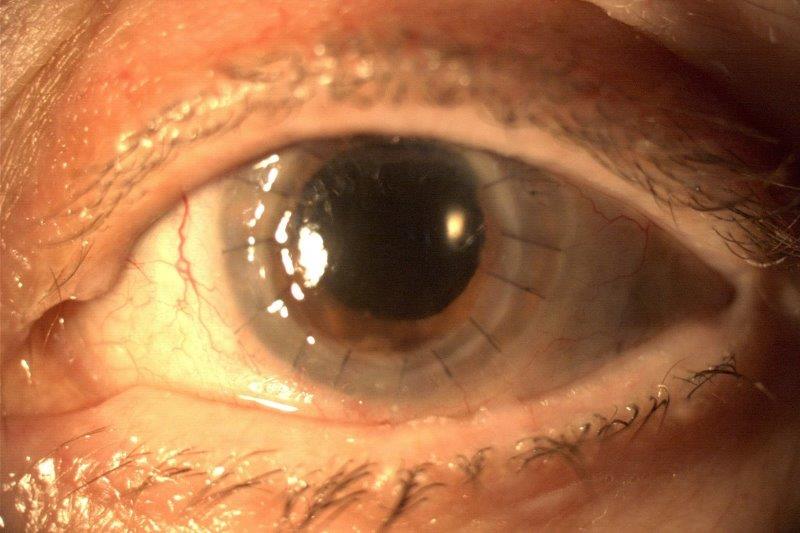’Scaffolding’ to restore vision?
The Centre for Eye Research Australia (CERA) and Melbourne University are investigating ‘molecular scaffolding’ for restoring vital nerve connections between the eye and the brain to recover sight and pave the way for future eye transplants.
The research, funded by UK charity Fight for Sight, centres on the molecule protrudin, described by CERA head and study lead Professor Keith Martin as “the strongest promoter of optic nerve regeneration we have yet encountered”.
The research is investigating protrudin’s role in supporting regrowth of damaged nerve cells in the eye, which could lead to more successful eye transplants by growing axons through the optic nerve to connect to the brain, said Prof Martin. "Despite all currently available treatments, around 10-15% of patients with glaucoma go blind in at least one eye during their lifetime. Our work aims to develop new strategies to repair the optic nerve and, ultimately, to restore vision in people who are blind due to optic nerve diseases like glaucoma.”



























